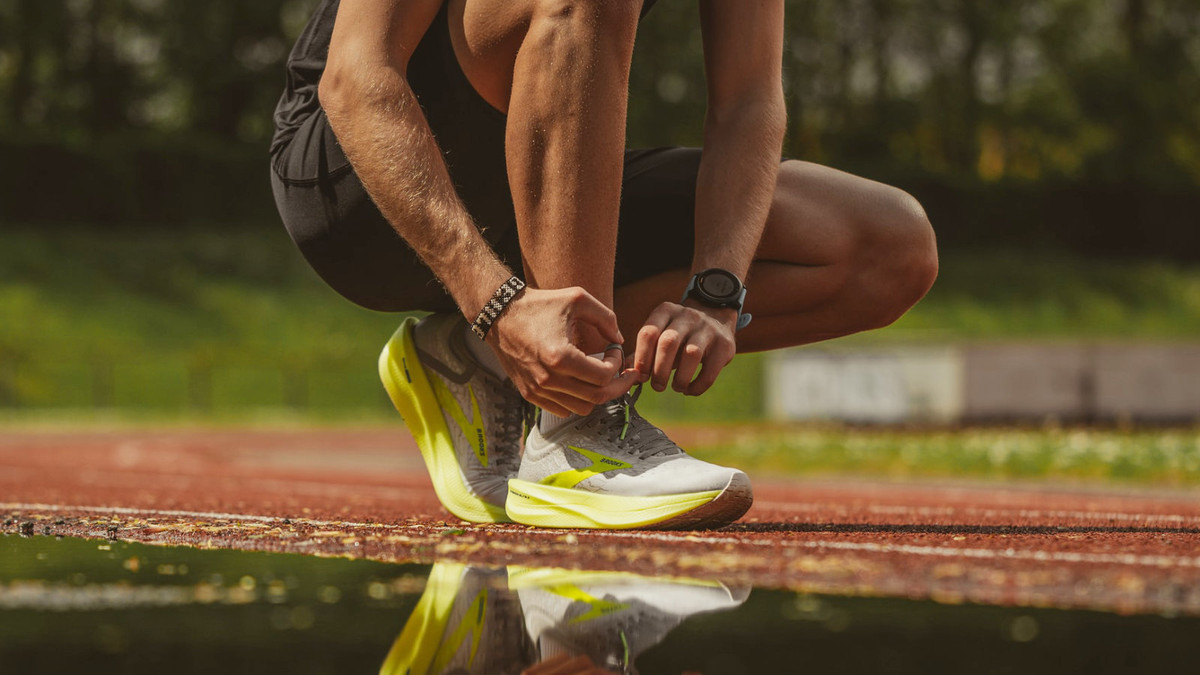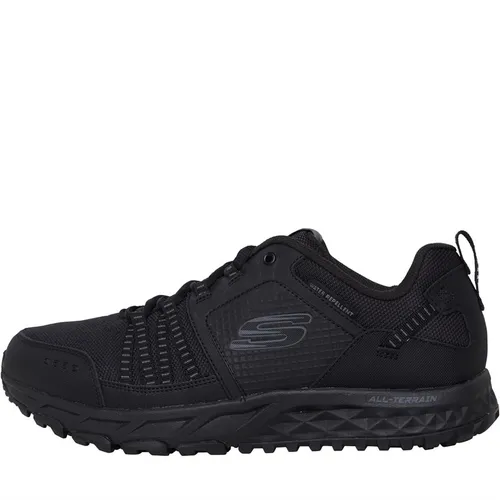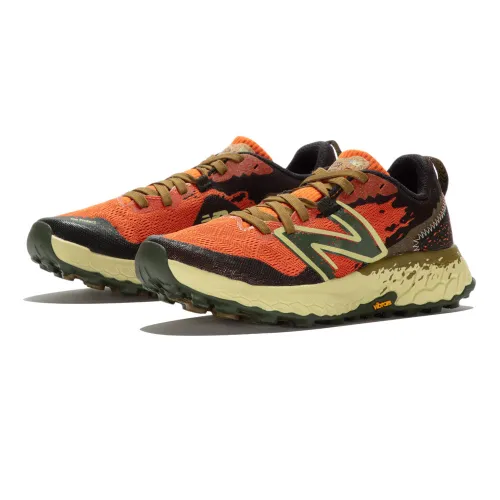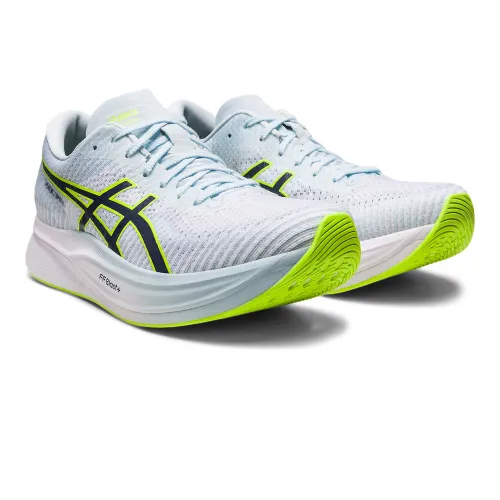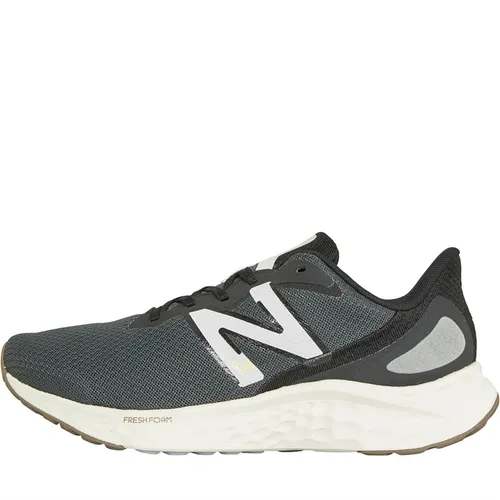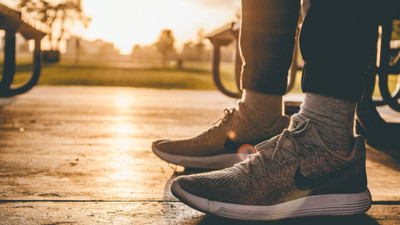Running is good for your overall health. Besides the health benefits, running is a fun thing to do whether you love going for a solo run or want to join a team. It doesn’t matter what you wear, an old T-shirt or new fashionable running gear, running shoes that fit well is the first step to a great run. But before you run to the shops and invest your money into running shoes that just look nice, you need to know how running shoes should fit. We guide you through the process of finding the right size running shoes.
How should running shoes fit?
Running shoes should never fit the same way your casual shoes fit. Running on ill-fitting running shoes is the recipe to get injuries. To guarantee that you wear the right running shoes, you have to make sure that the shoe fits. We tell you how running shoes should fit.
- The fit around your heel should neither be too tight nor too loose. You should be able to move your heel slightly, but it shouldn’t be annoying. Any irritation affects your performance! Your heel is well seated in the shoe if you can easily take off your shoe when it’s not tightly laced.
- The upper of the shoe has to be snug. Wait! The shoe is too tight and your foot needs more room if you feel any pressure.
- The widest part of your foot should have about 0.5 centimetre of play. Your forefoot should be able to move in both directions without going over the edge of the insole. Your feet will swell during running and they definitely need some space. Otherwise, you risk running in shoes that are too tight and you’ll be in pain.
- As you try the running shoes on, slide your foot all the way forward so your toes touch the front. Put your thumb between the back of the shoe and the heel. The size is right if your thumb fits in this space. What if your thumb doesn’t fit? Then go up a size. If several fingers fit in the space, then you need a smaller size.
Please note: it’s essential to replace your running shoes regularly. How long your running shoes last depends on several conditions. Running on worn shoes is asking for nasty injuries and other inconveniences!
Should running shoes be a size bigger?
Story goes that your running shoes should always be one size bigger than your casual shoes. And, we admit, that is sort of the truth. During your work-out, your feet swell up due to increased blood flow and fluid retention. Precisely fitting shoes will get too tight and you won’t have a smooth run at all. A larger size is a great idea, but this doesn’t mean that you just need to order the next size up. Shoe sizes from different brands don’t match! Even within a brand the sizes can differ per model.
What size running shoes?
The size of running shoes vary from brand to brand. Several brands tend to run large, others run small and some run true to size. If you already own a pair of great-fitting running shoes from a certain brand, it’s safe to buy the same size again. If you’re a beginner and buy your first pair of running shoes or if you want to switch brands, we recommend you use the chart below. That way, you’ll know which brands run large or small and what size running shoes you need!
| Brand | Advice | Explanation |
|---|---|---|
| Adidas | +1 | Runs small. Go up a shoe size |
| Asics | +1 | Runs small. Go up a shoe size |
| Hoka One One | 0 | Runs true to size |
| Mizuno | +0,5 | Runs small. Go up half a shoe size |
| New Balance | +1 | Runs small. Go up a shoe size |
| Nike | +0,5 | Runs small. Go up half a shoe size |
| Puma | +0,5 | Runs small. Go up half a shoe size |
| Saucony | +1 | Runs small. Go up a shoe size |
| Under Armour | +0,5 | Runs small. Go up half a shoe size |
Discover the best deals on running shoes

